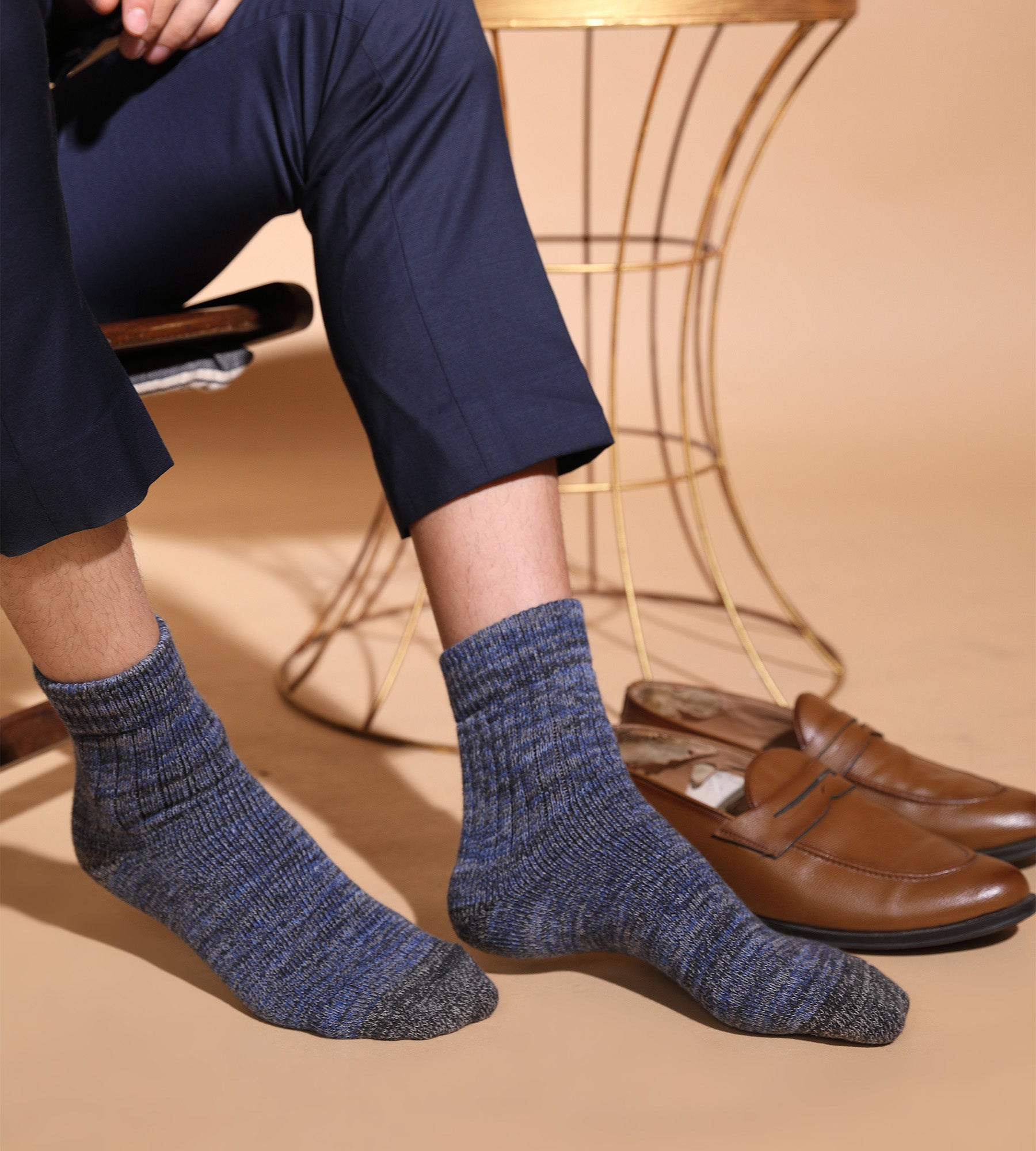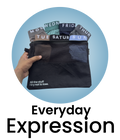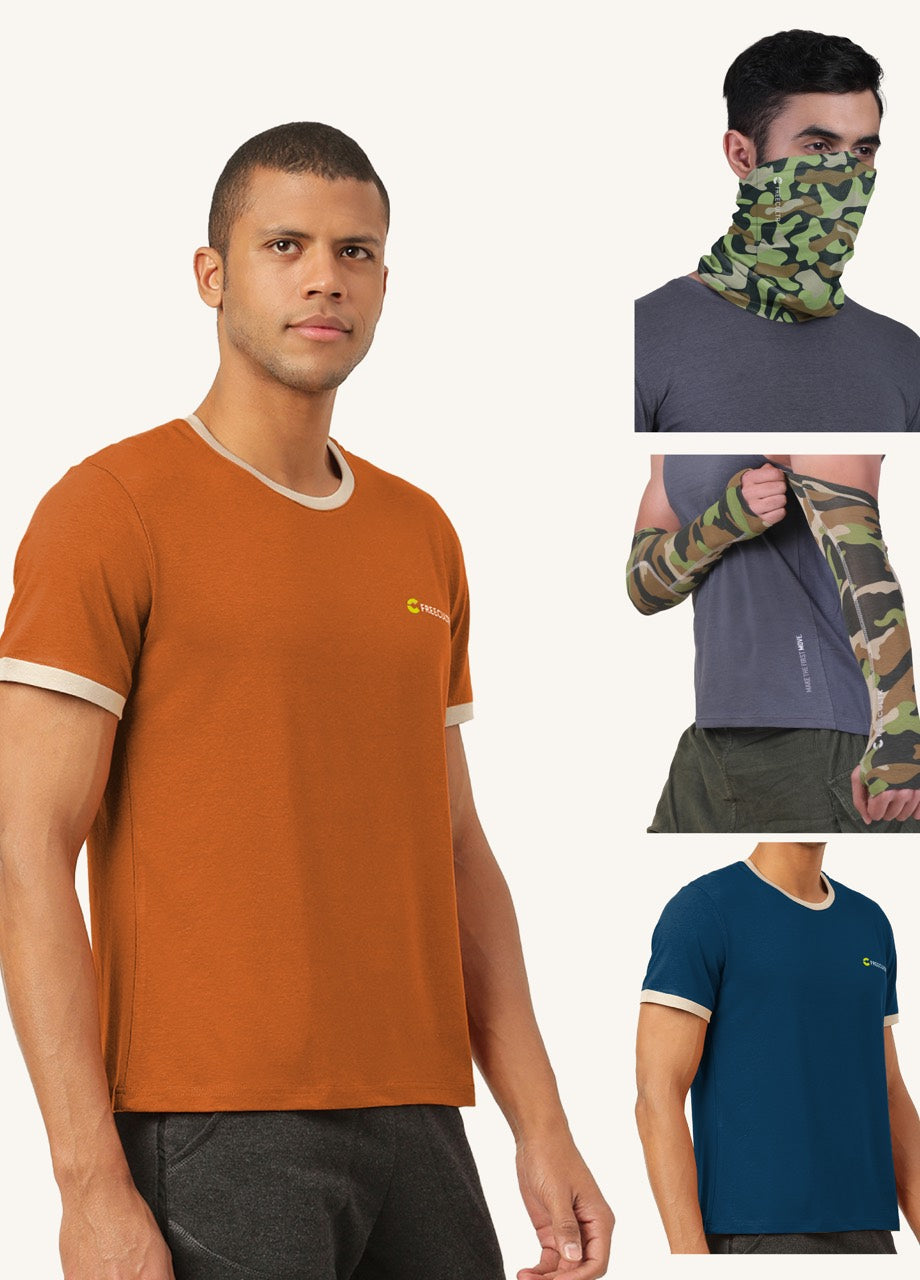Ever wondered why your feet, despite your best efforts, sometimes resemble a science experiment gone wrong? The sock industry, while seemingly simple, faces a constant battle against moisture, bacteria. The resulting odor – a problem amplified by today's active lifestyles and synthetic fabric trends. Freecultr socks offer a solution by integrating advanced antimicrobial technology directly into the yarn. This isn't just a surface treatment; it's a proactive defense against microbial growth. We'll explore how this integration works at a molecular level, examining the specific materials used and their impact on odor reduction and overall foot health. Learn how this technology outperforms traditional methods and redefines what you expect from your everyday socks.

The Science Behind Antimicrobial Socks
Antimicrobial socks aren't just a marketing gimmick; they're based on solid scientific principles. The core concept revolves around inhibiting the growth of microorganisms, primarily bacteria and fungi, which are responsible for foot odor and potential infections. Understanding how this works requires a look at the materials and technologies involved.
Antimicrobial Agents: These are substances that kill or inhibit the growth of microorganisms. In socks, the most common antimicrobial agents are:
- Silver: Silver ions (Ag+) are highly effective against a broad spectrum of bacteria and fungi. They disrupt cellular functions and prevent microbes from multiplying. Silver can be incorporated into sock fibers in various forms, such as silver nanoparticles or silver-infused yarns.
- Copper: Similar to silver, copper ions also possess antimicrobial properties. Copper-infused fibers can help eliminate odor-causing bacteria and promote healthier skin.
- Zinc Pyrithione: This compound is often used in anti-dandruff shampoos and can also be applied to textiles for its antifungal and antibacterial effects.
- Triclosan: While once widely used, Triclosan is becoming less common due to environmental concerns and potential health risks.
How They Work: Antimicrobial agents work through several mechanisms:
- Disrupting Cell Membranes: Many antimicrobial agents, like silver ions, interfere with the structure and function of bacterial cell membranes, leading to cell death.
- Inhibiting Enzyme Activity: Some agents bind to essential enzymes within microbial cells, preventing them from carrying out vital metabolic processes.
- Interfering with DNA Replication: Certain antimicrobials can disrupt the replication of microbial DNA, hindering their ability to reproduce.
Odor Resistance: A Deeper Dive
Foot odor, or bromodosis, is primarily caused by bacteria breaking down sweat. Sweat itself is odorless; the problem arises when bacteria, particularly Brevibacterium (the same bacteria that contribute to the smell of cheese), metabolize the amino acids and fatty acids in sweat, producing volatile organic compounds (VOCs) that have a distinct odor.
Antimicrobial socks combat odor in two main ways:
- Reducing Bacterial Load: By inhibiting the growth of bacteria, antimicrobial socks reduce the number of odor-producing microbes present on the feet.
- Absorbing Odor Molecules: Some socks incorporate materials like activated carbon or special polymers that can absorb and neutralize odor molecules.
Comparison with Traditional Socks: Traditional socks made from cotton or synthetic materials like polyester can trap moisture and provide a breeding ground for bacteria. This leads to increased odor and potential discomfort. Antimicrobial socks, on the other hand, create a less hospitable environment for microbes, resulting in reduced odor and improved hygiene.
Materials and Manufacturing
The effectiveness of antimicrobial socks depends heavily on the materials used and the manufacturing processes employed. Here's a breakdown:
Fiber Types:
- Natural Fibers: Merino wool, known for its moisture-wicking properties, is often combined with antimicrobial agents for enhanced performance. Bamboo fibers also offer some natural antimicrobial properties.
- Synthetic Fibers: Polyester, nylon. Acrylic are commonly used in socks for their durability and moisture-wicking capabilities. These fibers can be treated with antimicrobial finishes or infused with antimicrobial agents during the manufacturing process.
- Blended Fibers: Combining different fiber types can provide a balance of comfort, durability. Antimicrobial performance. For example, a blend of merino wool, nylon. Silver-infused fibers can offer excellent moisture management, odor control. Durability.
Manufacturing Processes:
- Fiber Infusion: Antimicrobial agents are incorporated directly into the fibers during the yarn spinning process. This ensures that the antimicrobial properties are evenly distributed throughout the sock and are less likely to wash out over time.
- Surface Treatment: Antimicrobial agents are applied to the surface of the sock after it has been knitted. This method can be less durable than fiber infusion, as the antimicrobial finish may wear off with repeated washing.
- Yarn Coating: Antimicrobial substances can be coated onto the yarn before knitting. This method provides a more even distribution than surface treatment but may still be less durable than fiber infusion.
Real-World Applications and Benefits
Antimicrobial and odor-resistant socks offer a range of benefits in various real-world applications:
- Athletes: Athletes who engage in intense physical activity often experience excessive sweating, which can lead to foot odor and blisters. Antimicrobial socks help keep their feet dry, comfortable. Odor-free, reducing the risk of infections and improving performance.
- Healthcare Professionals: Healthcare workers who spend long hours on their feet in enclosed shoes are prone to foot odor and infections. Antimicrobial socks provide a hygienic solution, keeping their feet fresh and healthy.
- Individuals with Diabetes: People with diabetes are at increased risk of foot infections due to impaired circulation and nerve damage. Antimicrobial socks can help prevent infections and promote foot health.
- Outdoor Enthusiasts: Hikers, campers. Other outdoor enthusiasts often face challenging conditions that can lead to sweaty and smelly feet. Antimicrobial socks provide a comfortable and hygienic solution for extended outdoor adventures.
- Everyday Wear: Even for everyday wear, antimicrobial socks can provide a significant improvement in comfort and hygiene, keeping your feet fresh and odor-free throughout the day.
Case Study: A study published in the Journal of Applied Microbiology investigated the effectiveness of silver-infused socks in reducing foot odor. The study found that participants who wore silver-infused socks experienced a significant reduction in foot odor compared to those who wore regular cotton socks. The study also found that the silver-infused socks reduced the number of bacteria present on the feet.
Fashion & Comfort Considerations
While the technical aspects of antimicrobial socks are vital, fashion & comfort also play a significant role in their appeal. Luckily, you don't have to sacrifice style for functionality. Antimicrobial socks are available in a wide range of colors, patterns. Styles to suit various preferences and occasions.
- Style Options: From classic crew socks to ankle socks, no-show socks. Dress socks, there's an antimicrobial option for every outfit.
- Color and Pattern Variety: Antimicrobial socks come in a wide array of colors and patterns, allowing you to express your personal style while enjoying the benefits of odor control and hygiene.
- Comfort Features: Look for socks with features like cushioned soles, seamless toes. Breathable fabrics for added comfort.
Choosing the Right Socks: When selecting antimicrobial socks, consider the following factors:
- Material: Choose a material that is both comfortable and effective at wicking away moisture. Merino wool, synthetic blends. Bamboo fibers are all good options.
- Antimicrobial Agent: Consider the type of antimicrobial agent used in the socks. Silver, copper. Zinc pyrithione are all effective options.
- Fit: Ensure that the socks fit properly to prevent blisters and discomfort.
- Durability: Look for socks that are well-made and designed to withstand repeated washing.
Debunking Myths and Addressing Concerns
Despite their benefits, antimicrobial socks sometimes face skepticism and misconceptions. Here are some common myths and concerns, along with factual responses:
Myth: Antimicrobial socks are only for people with foot odor problems.
Fact: While antimicrobial socks are beneficial for those with foot odor, they can also provide preventative hygiene and comfort for anyone, regardless of their existing foot condition.
Concern: Antimicrobial agents can harm beneficial bacteria on the skin.
Fact: While some antimicrobial agents can affect a broad spectrum of bacteria, the concentration used in socks is typically low enough to target odor-causing bacteria without significantly disrupting the skin's natural microbiome. Essential to note to choose socks with reputable antimicrobial agents and follow care instructions to minimize potential risks.
Myth: All antimicrobial socks are the same.
Fact: The effectiveness of antimicrobial socks varies depending on the materials used, the manufacturing processes employed. The type of antimicrobial agent incorporated. It's vital to research and choose socks from reputable brands that prioritize quality and performance.
Conclusion
The journey to fresher feet doesn't end here; it's a continuous path. We've explored how Freecultr's antimicrobial and odor-resistant socks tackle the common woes of sweaty feet, providing a comfortable and confident experience. Now, it's time to implement these learnings into your daily routine. Start by assessing your current sock situation – are you prioritizing comfort and hygiene? Next, consider incorporating Freecultr socks into your wardrobe, particularly for activities where foot odor is a concern, like workouts or long days on your feet. Think of it like choosing the right gear for a hike; your socks are the foundation. Ultimately, success will be measured by the reduction in foot odor and the increased comfort you experience. I've personally noticed a significant difference since switching, especially during my gym sessions. Remember, happy feet lead to a happier you!More Articles
Men's Cotton Trunks Pack of 3 – Breathable Comfort & Flexible FitPaisley Bandana for Men Cotton – Soft Comfort & Classic Style
Black Bandana for Men Head – Versatile Fashion & Moisture-Wicking
Printed Bandana for Men Face Mask – Breathable Comfort & Unique Design
FAQs
So, what makes freecultr socks antimicrobial and odor-resistant, exactly?
Good question! Freecultr socks use special threads that are treated to inhibit the growth of bacteria and fungi. These are the little critters that cause foot odor, so keeping them in check means fresher, less stinky feet.
Will these socks really stop my feet from smelling? I've tried everything!
Okay, while I can't promise a miracle cure (everyone's feet are different!) , the antimicrobial properties are designed to drastically reduce odor. Think of it as giving you a serious leg up in the fight against foot funk.
How long do the antimicrobial and odor-resistant properties last? Do they wash out?
They're designed to last for the life of the sock! The treatment is integrated into the fibers themselves, so it won't just disappear after a few washes. Just follow the care instructions.
Are these socks safe for my skin? I have sensitive skin.
That's a smart question. The antimicrobial treatment is generally considered safe. If you have particularly sensitive skin or are prone to allergies, it's always a good idea to check the materials list and maybe even test them out for a short period first. Better safe than sorry!
How should I wash my freecultr socks to keep them working their best?
Easy peasy! Just wash them inside out in cold water and tumble dry on low or hang them to dry. Avoid using bleach or harsh detergents, as these can potentially damage the fibers and shorten the lifespan of the sock.
Are freecultr socks only for sweaty feet or can anyone wear them?
Anyone can wear them! Even if you don't have particularly sweaty feet, the antimicrobial properties still help keep your feet feeling fresh and clean. They can help prevent issues down the line. Plus, who doesn't want socks that stay fresher longer?
Do these socks shrink when you wash them?
Some minimal shrinkage is possible with any natural fibers. Freecultr socks are designed to minimize this. Following the washing instructions (cold water, low heat drying) will help prevent significant shrinkage.






